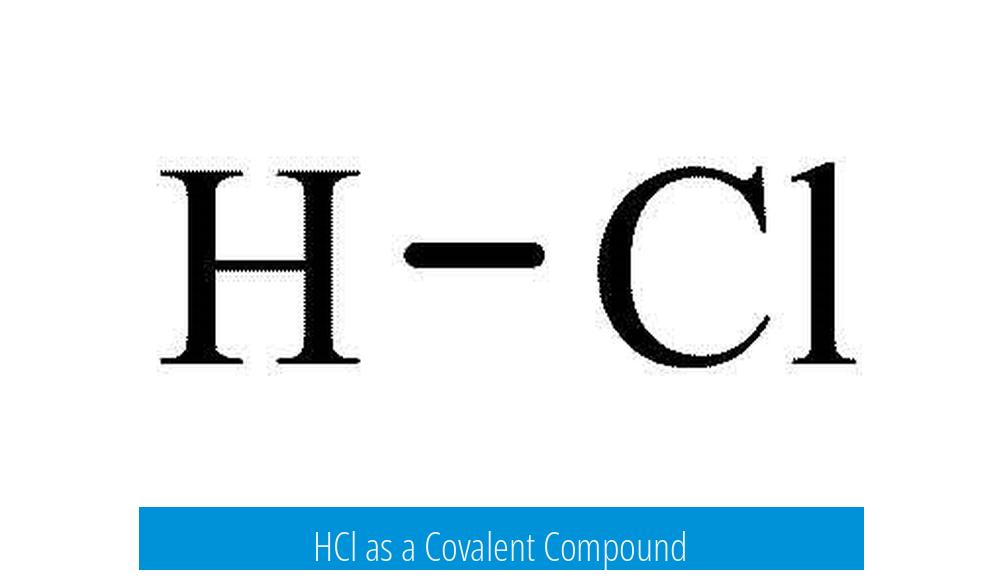HCl as a Covalent Compound

Hydrogen chloride (HCl) is primarily a covalent compound due to the nature of the bond between hydrogen and chlorine atoms. This bond is polar covalent, meaning electrons are shared rather than transferred completely. The difference in electronegativity between hydrogen (2.20) and chlorine (3.16) is around 0.9, which falls into the range where covalent character dominates but with some ionic character present.
Nature of the Bond in HCl
The traditional view divides bonds strictly into ionic or covalent categories. However, this view is simplistic. Most bonds, including HCl, exhibit mixed ionic and covalent character.
- The electronegativity difference between H and Cl influences the bond character.
- A difference just under 1 typically yields a polar covalent bond.
- In HCl, hydrogen shares an electron with chlorine, preventing full electron transfer.
- The polarity arises due to chlorine’s higher electronegativity, pulling the shared electron density toward itself.
Behavior of HCl in Aqueous Solution
In water, HCl behaves differently than in the gas phase. The strong H–Cl bond does not simply break into ions; instead, HCl reacts with water molecules to form hydronium ions (H3O+) and chloride ions (Cl−).
This process is:
- Essential for its classification as a strong acid in solution.
- Shows that ion formation arises from reaction with solvent, not simple bond cleavage.
- Reflects the fact that many acids are covalent compounds that dissociate or react in water.
Impact of Conjugate Base Stability
The ability of HCl to dissociate fully in water depends on the stability of its conjugate base, the chloride ion. Chloride is a stable anion, which favors dissociation and acid strength.
Stability differences explain why not all covalent compounds behave as strong acids or dissociate completely.
| Property | HCl Characteristics |
|---|---|
| Bond Type | Polar covalent (electron sharing, not full transfer) |
| Electronegativity Difference | Approximately 0.9 (between ionic and covalent threshold) |
| Dissociation in Water | Reacts with water to form H3O+ and Cl−; strong acid behavior |
| Conjugate Base Stability | Chloride ion is stable, enhancing dissociation |
Summary of Key Points
- HCl has a polar covalent bond due to moderate electronegativity difference.
- Bond sharing predominates; no full electron transfer occurs in the molecule.
- In aqueous solution, HCl reacts with water rather than simple dissociation.
- The chloride ion’s stability is crucial for strong acid behavior.





Leave a Comment